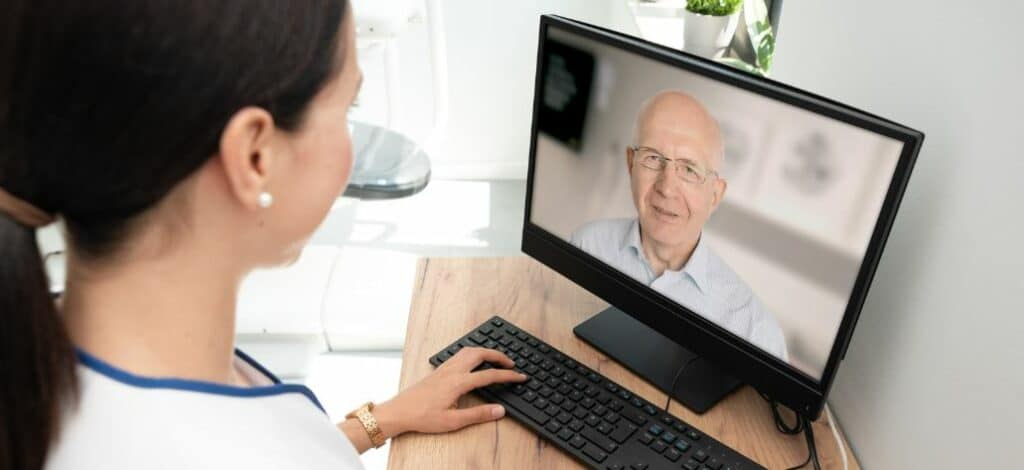ADELAIDE, AUSTRALIA — Despite a substantial surge in the adoption of telehealth during the COVID-19 pandemic, a recent study by Flinders University suggests that the potential of telehealth-supported access to audiologists remains underutilized, citing concerns about trust in the system.
Lead author Boaz Mui, a PhD student at the College of Education, Psychology, and Social Work, highlights the industry’s positive attitudes towards teleaudiology but laments its low utilization rate.
Promising Perceptions, Limited Uptake
In the wake of the pandemic, the audiology industry, like many others, reevaluated the benefits and prospects of providing audiology services online or over the phone. The study interviewed 366 stakeholders, including clients, clinicians, students, academics, and industry partners, to delve into the perceptions of telehealth usage within Australian hearing healthcare.
“Whilst we found attitudes towards the use of teleaudiology were very positive, the actual usage remains very low with concerns about the widespread use of it and reporting a lack of trust in the system. Our study found that while 55% of patients were aware of teleaudiology appointments, only 7% had taken part in one. Moreover, 98% of patients had never been offered a teleaudiology appointment”
–Boaz Mui, lead study author
While the research indicated a favorable disposition towards teleaudiology, it exposed the stark reality of its minimal adoption. Although 55% of patients were aware of teleaudiology appointments, merely 7% had actually participated in one. Astonishingly, 98% of patients had never been offered a teleaudiology appointment.

A Call for Raising Awareness and Trust
The study emphasizes the need for a shift in promoting teleaudiology services, focusing not only on raising awareness but also building trust among stakeholders. Boaz Mui suggests, “Increasing the awareness of telehealth audiology services and developing collaborations between stakeholders will be crucial to improve the acceptance and usage of teleaudiology in the future.”
Stakeholders from various sectors share a responsibility in driving the uptake of teleaudiology. Audiologists and clinics, as the primary contact points for audiology services, have a significant role in informing clients about teleaudiology options. Industry partners can enhance their promotional efforts to boost the usage of teleaudiology products.
Notably, over half of the clients in the study refrained from accessing teleaudiology apps due to their lack of awareness.
A Shift Toward Better Accessibility and Inclusion
Professor Raj Shekhawat, Dean of Research for the College of Education, Psychology, and senior author of the study, emphasizes the significance of evaluating telehealth models within the audiology sector to ensure improved accessibility and inclusion.
He envisions a future where telehealth in Australia will play a more prominent role in primary healthcare policy and practice, ultimately enjoying greater acceptance among patients.
“We need to implement a framework for clinicians to safely and effectively provide teleaudiology services and one that patients have trust in using,” says Professor Shekhawat.
Reference:
“Hearing Health Care Stakeholders’ Perspectives on Telehealth Implementation: Lessons Learned During the COVID-19 Pandemic and Pathways Forward” by Boaz Mui, Jameel Muzaffar, Jinsong Chen, Niranjan Bidargaddi and Giriraj Singh Shekhawat – has been published by the American Journal of Audiology (https://doi.org/10.1044/2023_AJA-23-00001)
Source: Flinders University






